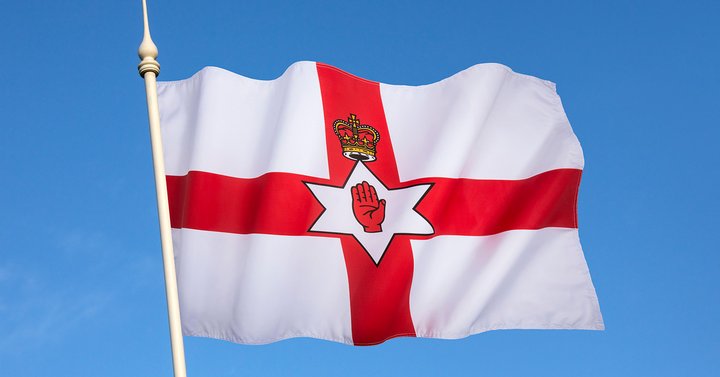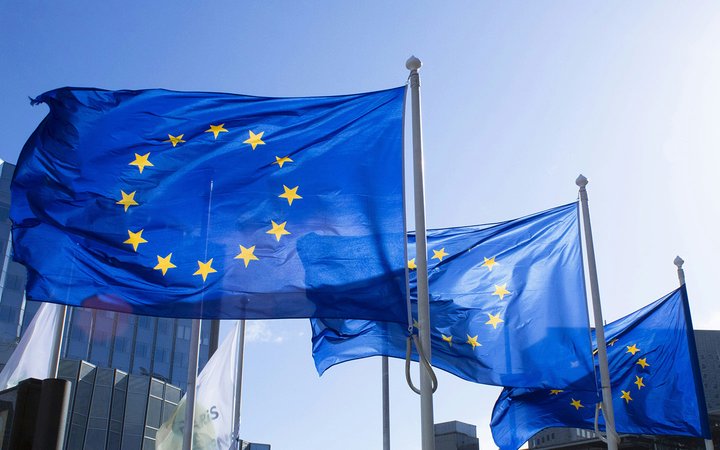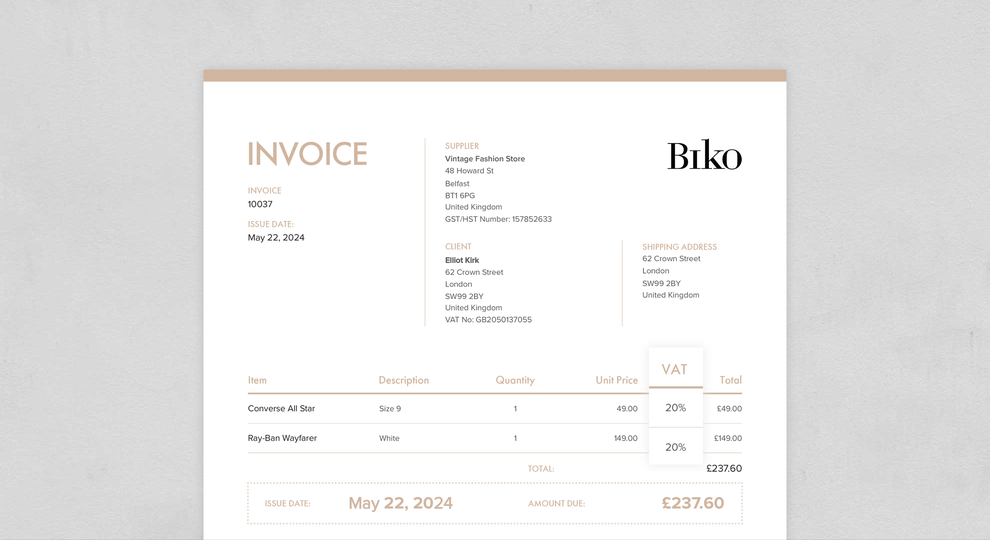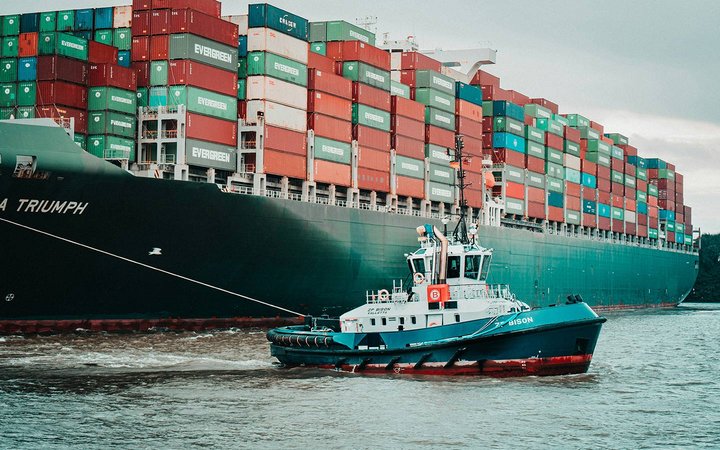The Northern Ireland Protocol: What It Means for Your Store

If you’re running a Shopify store in the UK, you’ve probably noticed all the changes introduced after Brexit. It’s been almost four years since then and most of these new rules have settled, becoming a part of our day-to-day lives as entrepreneurs. There is, however, one thing that continues to confuse businesses even now: the Northern Ireland Protocol.
This agreement is part of the larger Brexit deal and its purpose is to address the unique circumstances of the border between Northern Ireland (part of the UK) and the Republic of Ireland (an EU member state).
Whether you're based in Northern Ireland or you’re just looking to sell to Irish customers, understanding the Northern Ireland Protocol is key to staying compliant in two key markets.
In this article, we’ll walk you through what the protocol means for you and give a few handy tips on how you can navigate it.
Why do the UK and the EU need the Northern Ireland Protocol?

Before Brexit, both the UK and the Republic of Ireland were part of the EU single market and the customs union.
This meant there were absolutely no customs checks or tariffs on goods moving between the two countries, ensuring seamless trade and the movement of people across the border.
After the UK stated its intention to leave the EU, there were genuine concerns about the potential reintroduction of a hard border between Northern Ireland and the Republic of Ireland.
Decision makers know a border like this could have had significant economic, social, and political implications, including disrupting trade, undermining peace agreements, and creating tensions between communities.
We have to remember the complex history of this region.
In order to address these issues, the UK and the EU worked together to make this a part of the withdrawal agreement. The Protocol ensures there are no physical checks on goods that move between Northern Ireland and Ireland (and the rest of the EU). It does this by applying relevant EU Single Market rules for goods to Northern Ireland, as well as the EU’s customs rules.
When did the Northern Ireland Protocol come into force?

The Brexit agreement and the accompanying Northern Ireland Protocol were signed on January 24, 2020.
For the EU, both treaties were signed by European Council President Charles Michel and European Commission President Ursula von der Leyen. For the UK, it was then Prime Minister Boris Johnson.
The protocol is in force since January 1, 2021.
What is the Windsor Framework and why was it introduced?
The Northern Ireland protocol was a continuing source of tension between the UK, the EU, and in Northern Irish politics.
Both the UK government and unionist parties in Northern Ireland argued the protocol creates unacceptable barriers to trade within the UK's internal market.
To overcome these barriers, they introduced the Windsor Framework on February 27, 2023.
This change replaced the contentious aspects of the Northern Ireland Protocol, dealing with the issues it created and providing a new legal and UK constitutional framework for people to follow.
Want to learn more about the Northern Ireland Protocol and Windsor Framework? Visit the House of Commons Library website.
What does this have to do with my business?

Ecommerce businesses should pay attention to country-specific protocols to make sure they stay compliant with their local tax law.
The Northern Ireland Protocol and Windsor Framework mean that Northern Ireland maintains alignment with the EU’s VAT rules for goods, including on goods moving to, from, and within Northern Ireland.
However, Northern Ireland is, and will remain, part of the UK’s VAT system.
Movement of goods between Northern Ireland and Great Britain
Goods sold between Northern Ireland and Great Britain are treated as domestic sales under the Northern Ireland protocol. This means that you must charge the applicable UK standard or reduced VAT rates to any goods you sell between these two countries.

You, as the seller, must clearly show the VAT charged on the invoice. The VAT you charge will be accounted for as output VAT on the VAT Return. You cannot claim this back as input VAT.
Note that you should charge UK VAT when selling to both customers (B2C) and businesses between Northern Ireland and Great Britain (B2B).
Lastly, there are no customs declarations or checks required to move goods from Northern Ireland to Great Britain, so there’s no need to worry about the admin side too much.
Movement of goods between Northern Ireland and the EU

As Northern Ireland remains in alignment with the EU VAT rules, the supply of goods between Northern Ireland and the EU (including the Republic of Ireland) is regarded as an intra-Community supply. This means that you charge VAT based on the destination country's VAT rate unless you are selling as a “micro-business”. You only charge VAT when selling to consumers (B2C). You do not charge VAT when selling to businesses (B2C).
If your taxable turnover during a calendar year outside your home country (but still within the EU) does not surpass the threshold of €10,000 (excluding VAT), the EU will regard you as a micro-business.
If selling as a micro-business, then you must charge the VAT rate of the country where your business is located.
Goods moving from Northern Ireland to the EU are not subject to customs duties or checks, as Northern Ireland remains part of the EU’s customs territory for goods under the Northern Ireland Protocol.
If you need more information, please read our VAT guide for Shopify stores in the EU.
Sales to customers outside of the EU
Goods sold from Northern Ireland to countries outside of the EU are exempt from VAT.
The relevant tax authorities consider these sales to be exports, so they may be subject to the destination country’s import VAT or other taxes outside the scope of this guide. It all depends on the local regulations in the destination country.
Professional invoices for Shopify stores
Let Sufio automatically create and send beautiful invoices for every order in your store.
Install Sufio - Automatic Invoices from the Shopify App Store